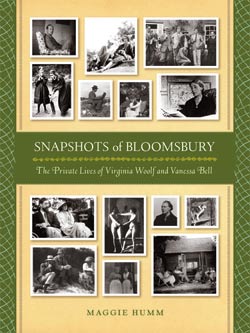 Vasculhando na FNAC encontrei um livro de fotografia que no mínimo me deixou atordoado e que me acompanhou na noite de sábado (uma terna noite). Apresento dois textos retirados da net que ilustram esta obra-prima:
Vasculhando na FNAC encontrei um livro de fotografia que no mínimo me deixou atordoado e que me acompanhou na noite de sábado (uma terna noite). Apresento dois textos retirados da net que ilustram esta obra-prima:‘Finally, a superb collection of the domestic photographs so central to the family histories and autobiographical art of Virginia Woolf and Vanessa Bell.’ Brenda Silver, author of Virginia Woolf Icon
‘The book will enthral many, with its inclusion of hitherto unpublished images ... Maggie Humm is the leading authority on Bloomsbury photography .... A real feast of a book.’ - Frances Spalding, biographer of Roger Fry, Vanessa Bell and Duncan Grant
This enthralling portrait makes available for the first time a wealth of barely known photographs, both amateur and professional, that cast new light on the private lives of Virginia Woolf and Vanessa Bell as well as the historical, cultural, and artistic milieux of their circle in Bloomsbury and beyond.
We visit the domestic lives of major nineteenth- and twentieth-century writers and artists, such as E.M. Forster, who is pictured happily pruning trees with Leonard Woolf, T.S. Eliot, and Sir Arthur Conan Doyle. There are intimate portraits of Vanessa Bell’s children and erotic photos of Duncan Grant’s lovers. The parade of characters portrayed in the photographs include Vita Sackville-West, Roger Fry, David Garnett, Lady Ottoline Morrell, Walter Sickert, Clive Bell, the Stracheys, Dora Carrington, Cyril Connolly, John Maynard Keynes, and many more. The domestic photographs, taken predominantly with the enormously popular vest-pocket Kodak cameras of the time, are complemented by the professional photographs of Man Ray and Gisèle Freund.
This unique book brings critical insight to the remarkable photographs preserved in the archives of Tate and the previously uncatalogued Harvard Theatre collection.
Maggie Humm is a professor of cultural studies at the University of East London and the author of many publications including Modernist Women and Visual Cultures: Virginia Woolf, Vanessa Bell, Photography and Cinema.
Fonte:
http://www.tate.org.uk/publishing/misc/snapshotsofbloomsbury.htm
Let a hundred memories bloomVirginia Woolf the cricketer, the beach belle in a stripy bathing are some of the images in the book, reports Alice JonesSnapshots of Bloomsbury: The Private Lives of Virginia Woolf and Vanessa BellEd Maggie Humm, Tate Publishing, (£25)
Virginia and Vanessa Bell playing cricket
While the lives and works of Woolf and the Bloomsbury set have been exhaustively documented, this is the first time that 1,000 photographs from Woolf’s private album and that of her sister, Vanessa Bell, have been catalogued and published.
"They’d never been considered in their own right as being something of interest," says Maggie Humm, the author of Snapshots. "The reason is transparent—women keep photo albums, and the domestic is not thought to be an important part of modernism." Academically recognised or not, these images reveal the intimate family life of Woolf. More widely, they enhance an overly romanticised vision of the Bloomsbury set with casual snapshots of, among others, T S Eliot, E M Forster, Vita Sackville-West and Lytton Strachey, as well as documenting the boom in amateur photography at the end of the 19th century—an innovation that snared Virginia and Vanessa Stephen, and quickly became their shared obsession.
The Stephen sisters were the first generation of home photographers who had access to transportable cameras. The first Kodaks with built-in rolls of negative paper appeared in 1888 (when Virginia was six), the first commercial transparent celluloid roll film in the 1890s. "Aged 15," Humm says, "Virginia was spending 6s6d (`A323 at today’s prices) on a photo album —they were completely committed to photography." The albums include pictures of childhood holidays in St Ives; in one family portrait, a Mr Wolstenholme stands behind the group—later he would become Mr Carmichael in To the Lighthouse. The sisters also photographed their domestic staff. Later come the awkward courting couple, Virginia and Leonard Woolf, and snapshots of weekends spent with their Bloomsbury contemporaries.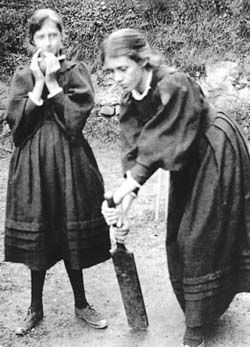
The sisters shared their skills "in the same way as they did in later life, where Vanessa was the artist and Virginia the writer." Vanessa would take the photographs, and it was left to Virginia "to do the toning". As they grew up, they developed individual styles. "Virginia uses photographs in much more of a psychic and personal way," says Humm, describing them as a defence against depression and death. "She takes all these monumental portraits of friends, all carefully labelled. It’s as if to say, ‘No, we’re not going to die, here are our bodies, our presence." Vanessa used photographs as models for her art, including one of her children peering into a tub which resurfaces in her painting The Tub and a spookily prophetic image of Angelica Bell as Ophelia, taken five years before Woolf’s suicide by drowning.
Among these, there are odd flashes of bohemian decadence—the artist Duncan Grant dressed up as a Spanish dancer, nudes of the Everest climber, George Mallory, and Bell and Molly MacCarthy prancing naked at 46 Gordon Square for one of Grant’s paintings.
For the most part, though, Humm describes the images of the Bloomsbury set as "resolutely domestic". E M Forster is depicted in a pair of baggy old trousers pruning roses with Leonard Woolf; T S Eliot is captured in profile, sitting in an armchair in a nondescript room; and the Stracheys play chess, seated on deckchairs under a quaint parasol.
Humm has included professional pictures of Woolf taken by Man Ray and Gisele Freund and for Vogue. They point to Woolf’s growing awareness and manipulation of her public persona and record her discomfort in front of the camera. A Vogue portrait in 1924 shows her awkward in an old-fashioned, ill-fitting black dress that belonged to her late mother: only Woolf could wear a dress that was 40 years out of date for a Vogue shoot.
With the private photographs, Humm "tried to include lots of photographs of when Virginia is happy, to counteract the Nicole Kidman stereotype (in The Hours)".
Her favourite shows Woolf, in a white dress, smiling down at her mischievous toddler nephew Julian, her Frena camera dangling from her hand.
—By arrangement with The Independent
Virginia and Vanessa Bell playing cricket
While the lives and works of Woolf and the Bloomsbury set have been exhaustively documented, this is the first time that 1,000 photographs from Woolf’s private album and that of her sister, Vanessa Bell, have been catalogued and published.
"They’d never been considered in their own right as being something of interest," says Maggie Humm, the author of Snapshots. "The reason is transparent—women keep photo albums, and the domestic is not thought to be an important part of modernism." Academically recognised or not, these images reveal the intimate family life of Woolf. More widely, they enhance an overly romanticised vision of the Bloomsbury set with casual snapshots of, among others, T S Eliot, E M Forster, Vita Sackville-West and Lytton Strachey, as well as documenting the boom in amateur photography at the end of the 19th century—an innovation that snared Virginia and Vanessa Stephen, and quickly became their shared obsession.
The Stephen sisters were the first generation of home photographers who had access to transportable cameras. The first Kodaks with built-in rolls of negative paper appeared in 1888 (when Virginia was six), the first commercial transparent celluloid roll film in the 1890s. "Aged 15," Humm says, "Virginia was spending 6s6d (`A323 at today’s prices) on a photo album —they were completely committed to photography." The albums include pictures of childhood holidays in St Ives; in one family portrait, a Mr Wolstenholme stands behind the group—later he would become Mr Carmichael in To the Lighthouse. The sisters also photographed their domestic staff. Later come the awkward courting couple, Virginia and Leonard Woolf, and snapshots of weekends spent with their Bloomsbury contemporaries.

The sisters shared their skills "in the same way as they did in later life, where Vanessa was the artist and Virginia the writer." Vanessa would take the photographs, and it was left to Virginia "to do the toning". As they grew up, they developed individual styles. "Virginia uses photographs in much more of a psychic and personal way," says Humm, describing them as a defence against depression and death. "She takes all these monumental portraits of friends, all carefully labelled. It’s as if to say, ‘No, we’re not going to die, here are our bodies, our presence." Vanessa used photographs as models for her art, including one of her children peering into a tub which resurfaces in her painting The Tub and a spookily prophetic image of Angelica Bell as Ophelia, taken five years before Woolf’s suicide by drowning.
Among these, there are odd flashes of bohemian decadence—the artist Duncan Grant dressed up as a Spanish dancer, nudes of the Everest climber, George Mallory, and Bell and Molly MacCarthy prancing naked at 46 Gordon Square for one of Grant’s paintings.
For the most part, though, Humm describes the images of the Bloomsbury set as "resolutely domestic". E M Forster is depicted in a pair of baggy old trousers pruning roses with Leonard Woolf; T S Eliot is captured in profile, sitting in an armchair in a nondescript room; and the Stracheys play chess, seated on deckchairs under a quaint parasol.
Humm has included professional pictures of Woolf taken by Man Ray and Gisele Freund and for Vogue. They point to Woolf’s growing awareness and manipulation of her public persona and record her discomfort in front of the camera. A Vogue portrait in 1924 shows her awkward in an old-fashioned, ill-fitting black dress that belonged to her late mother: only Woolf could wear a dress that was 40 years out of date for a Vogue shoot.
With the private photographs, Humm "tried to include lots of photographs of when Virginia is happy, to counteract the Nicole Kidman stereotype (in The Hours)".
Her favourite shows Woolf, in a white dress, smiling down at her mischievous toddler nephew Julian, her Frena camera dangling from her hand.
—By arrangement with The Independent
Voltarei a Virginia Woolf um dia destes...































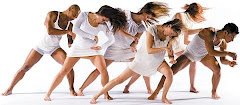










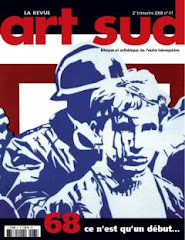













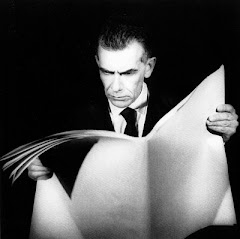
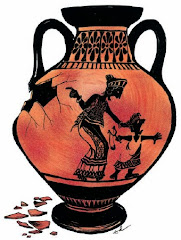








,+Museu+do+Chiado.jpg)













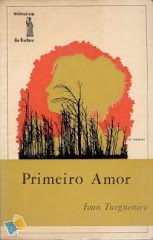





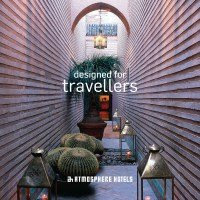











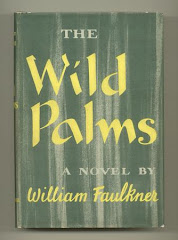
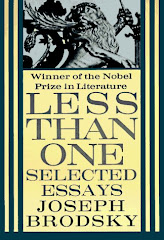



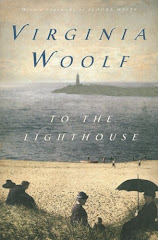
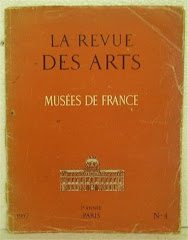


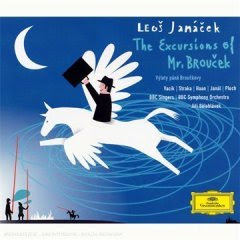
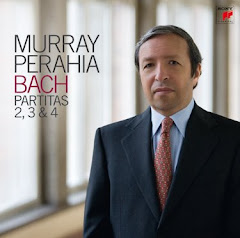


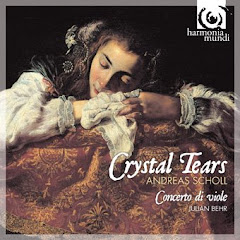
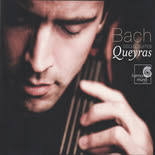


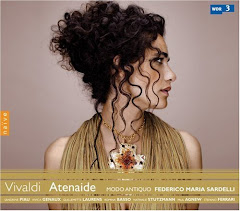


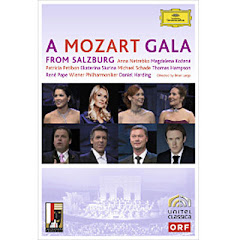










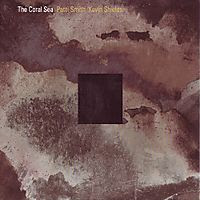



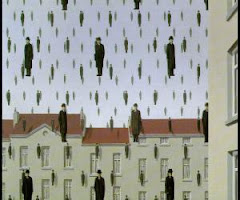


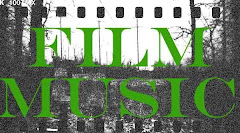







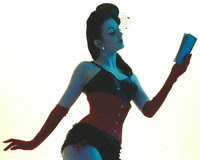

















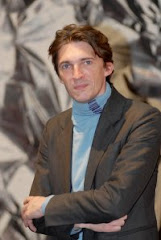







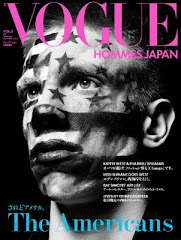




No comments:
Post a Comment